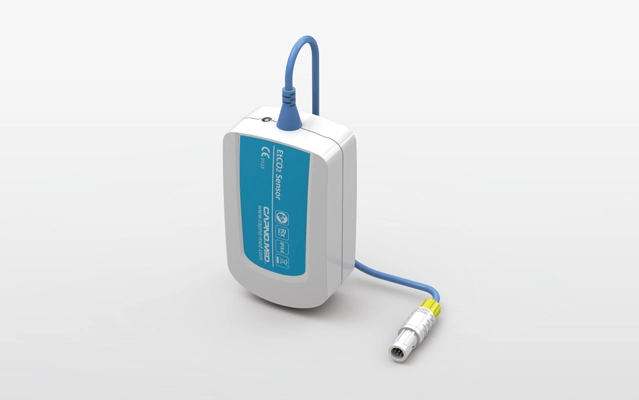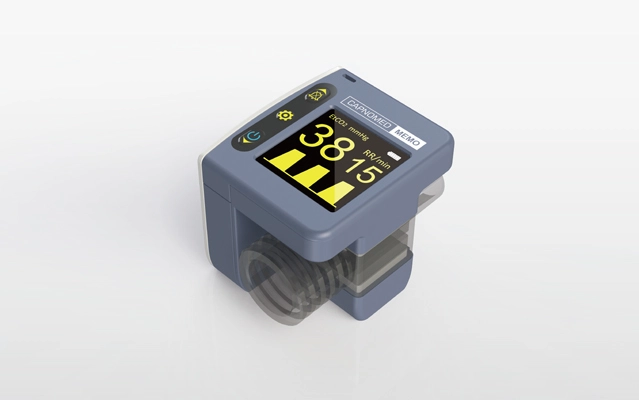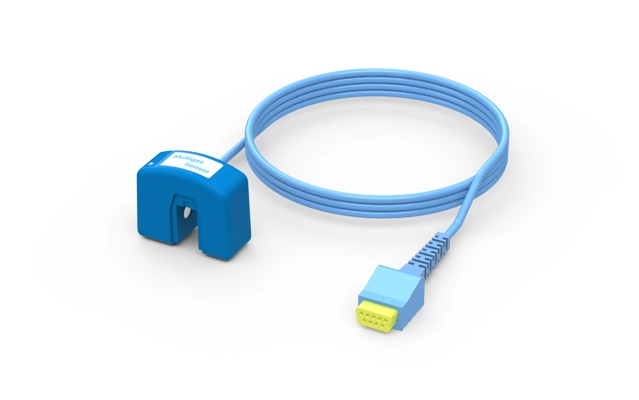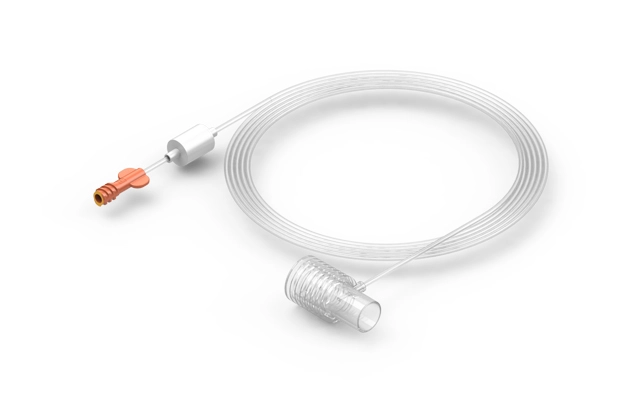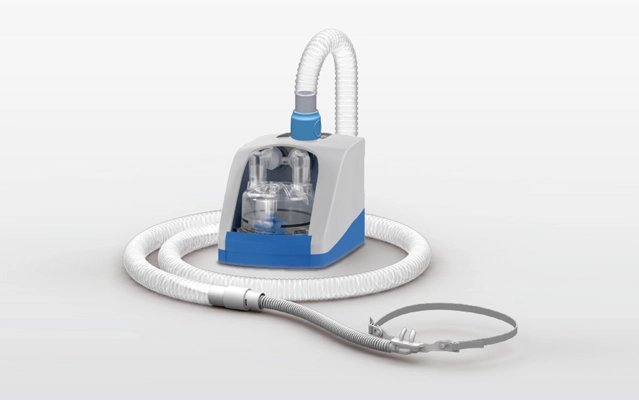Respiratory Failure: HFNC is commonly used in patients with acute respiratory failure, such as those with pneumonia, acute respiratory distress syndrome (ARDS), or exacerbations of chronic obstructive pulmonary disease (COPD). It provides adequate oxygenation and reduces the work of breathing, thereby improving respiratory function.
Preoxygenation: Before procedures requiring sedation or anesthesia, HFNC can be utilized for preoxygenation. By delivering a high concentration of oxygen, it helps increase the patient's oxygen reserves, reducing the risk of desaturation during the procedure.
Post-extubation Support: After extubation, patients may experience respiratory distress or failure. HFNC can be used as a means of respiratory support during this transition period, providing continuous positive airway pressure (CPAP) and improving oxygenation while allowing for easier weaning off respiratory support.
Bronchiolitis in Pediatrics: HFNC has shown promise in managing bronchiolitis in pediatric patients. It helps alleviate respiratory distress, reduces the need for intubation, and improves oxygenation, making it a preferred option in many pediatric intensive care units.
Cardiogenic Pulmonary Edema: Patients with cardiogenic pulmonary edema often require supplemental oxygen therapy to improve oxygenation and reduce respiratory distress. HFNC can effectively deliver high-flow oxygen and may improve outcomes in these patients by reducing the work of breathing and improving oxygenation.
Postoperative Care: Following certain surgeries, especially those involving the chest or upper abdomen, patients may experience respiratory compromise. HFNC can be used postoperatively to support respiratory function, prevent atelectasis, and reduce the risk of postoperative pulmonary complications.
Hypoxemic Respiratory Failure in COVID-19: During the COVID-19 pandemic, HFNC emerged as a valuable tool in managing hypoxemic respiratory failure in patients with severe COVID-19 pneumonia. It helps maintain oxygenation while potentially delaying or avoiding the need for invasive mechanical ventilation in some cases.
Capnomed is one of the leading high-flow nasal cannula suppliers and manufacturers in China, Specializing in the research, production, and sale of infrared gas analysis equipment since 2008. Contact us Now!
 English
English
